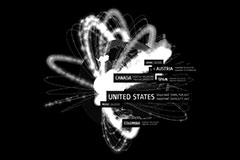
For many states, the licit export of armaments is a lucrative endeavor. In order to guarantee that only licit transfers take place, states have export control measures in place. But how do they work and what kind of restrictions apply? Can controls prevent the transfer of weapons and ammunition to criminal networks or terrorists? Can they disrupt the acquisition path of a country developing weapons of mass destruction?
After completing this unit, you will
- be introduced to the issue of legal international arms trade and the rationale behind export controls.
- be familiar with different levels of export controls and the various international export regimes and treaties covering different types of weapons or problematic goods.
- have learned about European export controls in more detail, especially the EU Code of Conduct on Arms Exports and the EU Common Position on Exports of Conventional Arms.
- know about the problem of “dual use” goods and how they complicate export controls.
- understand future challenges and how they can be tackled.